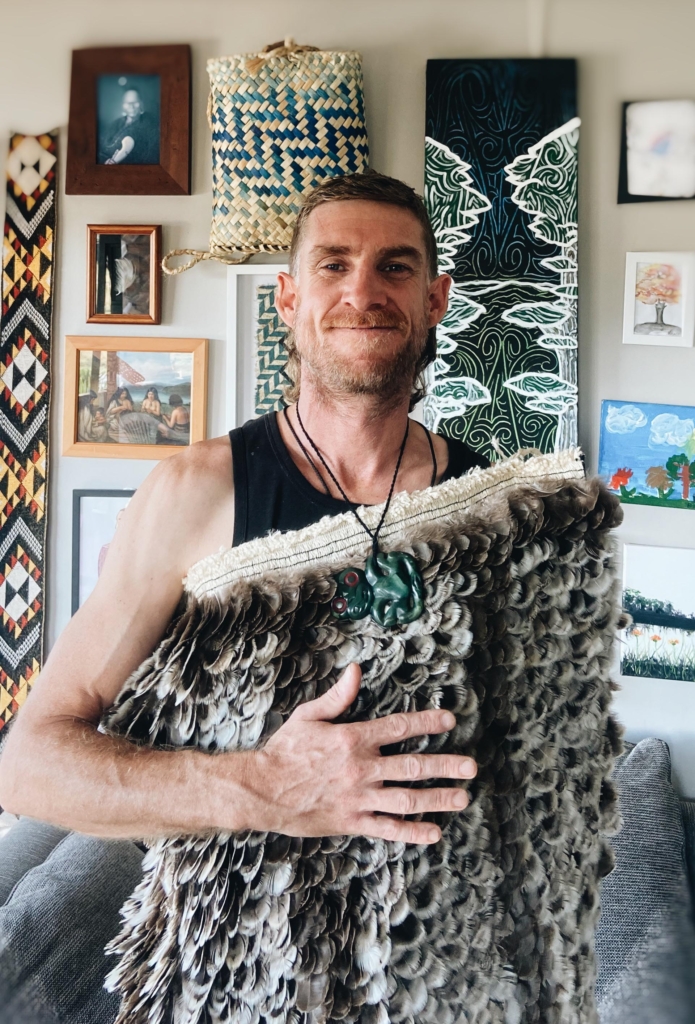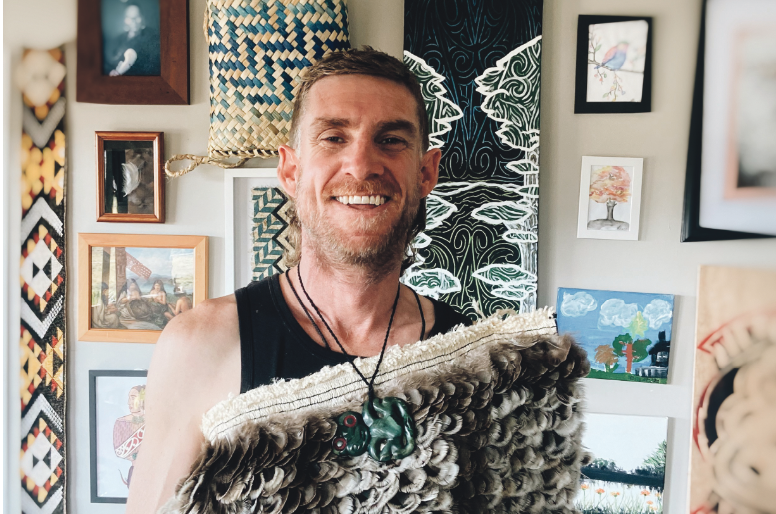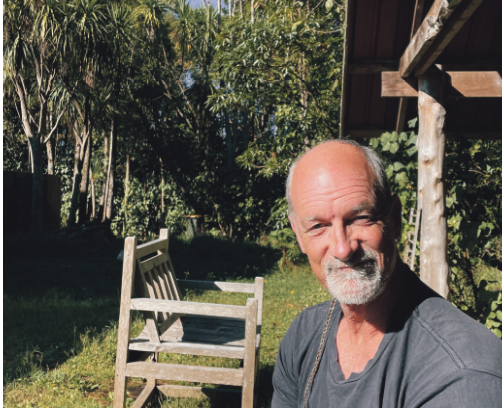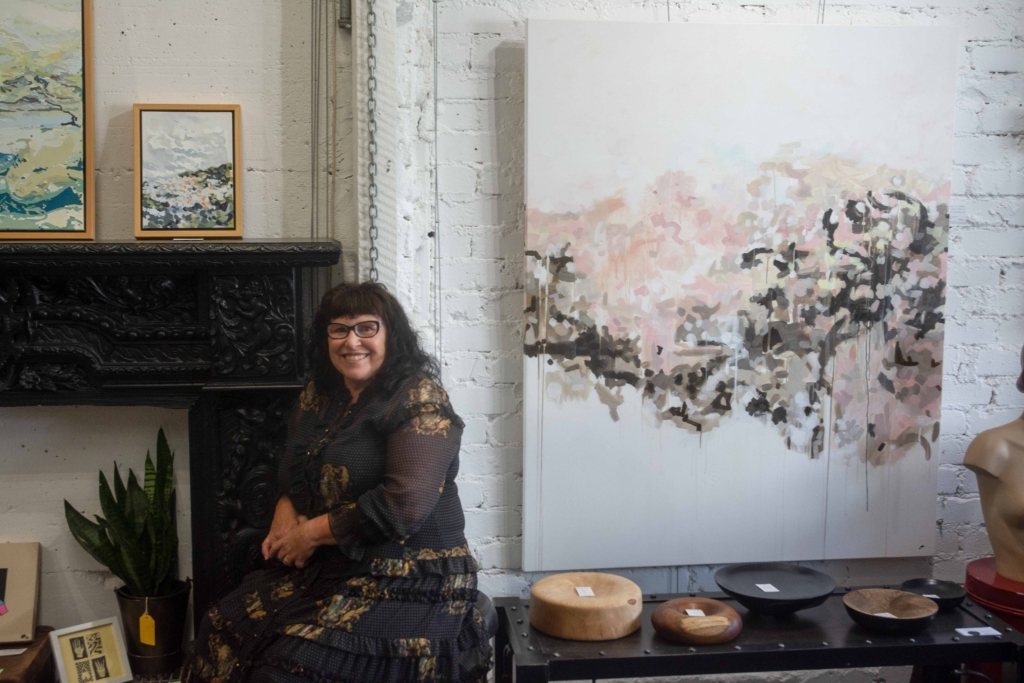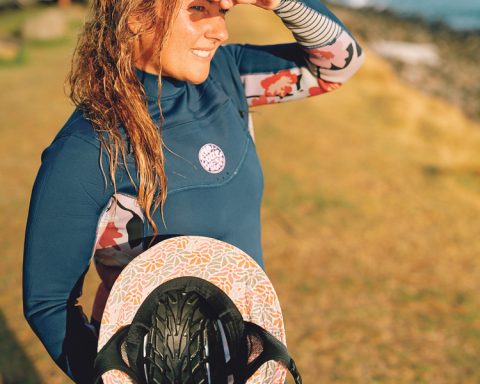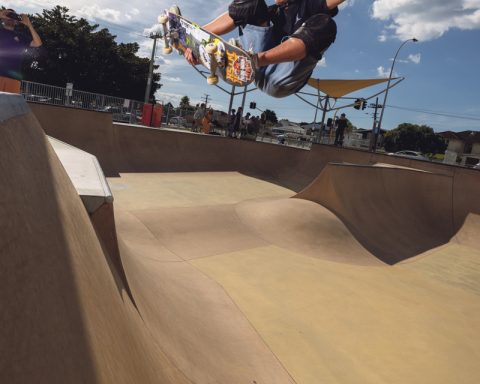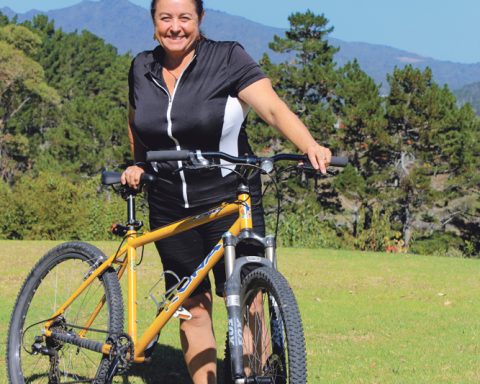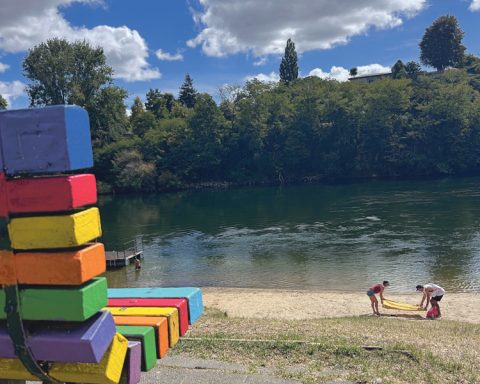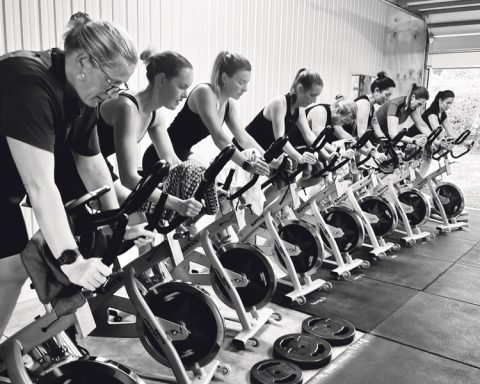The Local Rag caught up with local weaver Rawiri Grace to kōrero about all things about the art. The artist keeps pretty quiet; however, it is no surprise, as each cloak takes months to create.
Who are you?
Kia Ora! I’m Rawiri Grace Ko Ngāti Mahuta, Ngāti Pou (Tainui) Ngāti Kahungunu te iwi. But most people know me as Buzz.
What do you create?
I’m now known as a Kairaranga or ‘one who weaves’. I spent the previous 30 years heavily involved in the underground subculture of graffiti and street art. When I was about four years old, I caught a train with my mum into downtown Auckland, and I remember seeing all the brightly coloured art along the train corridors and thinking, ‘Ooh, what’s that all about?’ From that day onward, I was completely hooked. I practised writing graffiti and drawing artwork at any opportunity I could find.
Around 2012 I moved to Christchurch and decided to try and be a full-time artist. However, I despised using traditional artist canvas as my medium, and I tried to use any bits and pieces I could find – including pilfered materials during my adventures into the Red Zones caused by the Christchurch earthquakes.
I would spend days creating crazy artworks in my studio at home, my nights out in the concrete jungle of the city putting my name in any obscure place I could find, and weekends selling my work at local markets. By 2016 I had created and sold around 5000 pieces of art, painted hundreds of murals around my community and got into a fair bit of mischief in the process. That same year, I had a pivotal change in my personal life, giving up my studio to move back to the Waikato and stay with my whānau.
What is the meaning or inspiration behind what you make?
Yeah, for sure. Around the time I moved back to Waikato, I began to take more interest in my father’s Māori cloak weaving. Long before I was born, my father had been hand weaving cloaks; the sights and smells associated with that are some of my earliest recollections. I sat with him as he would weave and share stories of travelling around and staying with these wonderful old kuia – the last of the traditional Māori weavers and how they shared their ancient skills and knowledge of whatu kākahu (Māori cloak weaving).
In those days, it was rare for these kuia to share their knowledge, and it was unheard of for a man to weave cloaks. When I began to learn more about the historical importance of these great teachers, the impact they had upon him, and the huge honour bestowed on him through their willingness to share their knowledge, it became more and more apparent that my father was a true taonga and that I should learn to weave for myself before those incredible and ancient skills were lost.
Shortly after, I began my training as his first and only student, learning the traditional methods and tikanga passed to him from those great master weavers. One year later, I finally created my first hand woven korowai cloak. Two years later, I created two more kākahu, a korowai and a kahu huruhuru (full feather cloak), which were promptly bought by Kura gallery in Wellington.
I had found my calling as a weaver, which ironically was the furthest thing from where I set out as a graffiti artist.
Tell us about a piece you recently created?
I was fortunate enough to have been flown out to Rēkohu (Chatham Islands) last year to run a weaving workshop for the local people at Kopinga Marae.
Whilst there, the Hokotehi Moriori Trust asked if I would recreate a copy of what was thought to be the only documented example of a famous Moriori cloak. The only information they had was a black and white photo taken in 1877, making it one of the most challenging things I have ever tried my hand at and that my mental health was truly tested to the limit. The country was in full lockdown due to Covid-19 which made things even more difficult. I was taught not to weave if my mindset was not in a good place, and there were weeks when I would not touch my weaving at all. I am pretty stoked to say that soon I’ll be flying to Wellington to participate in the unveiling ceremony at Te Papa Museum.
What does the future have in store?
I’d love to one day work with youth and try to use my interesting past experiences and my weaving to help reconnect them with the Māori culture. I think we are fortunate to be entirely unique from the rest of the world, and that needs to be celebrated.
If you want to follow my journey or just be in contact, my Facebook page is; ‘David Grace-Weaver’
Ngā mihi!
By Leilani Goodall
